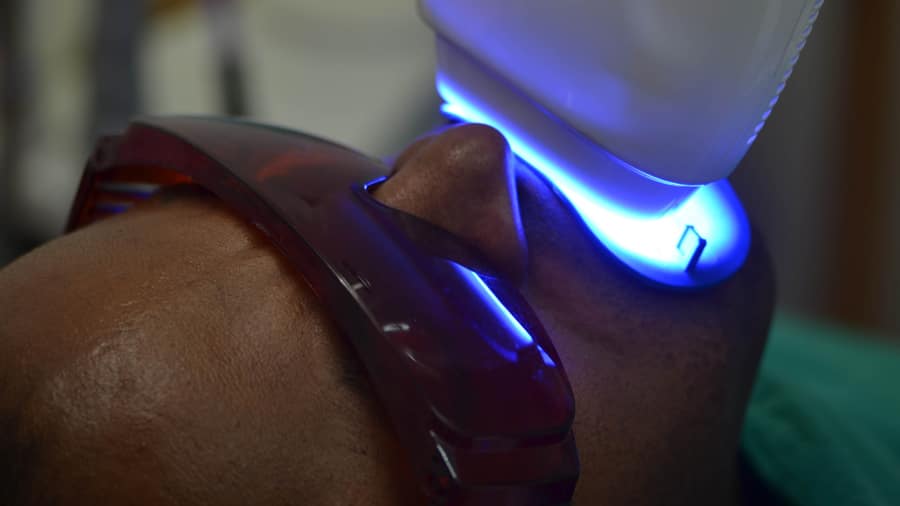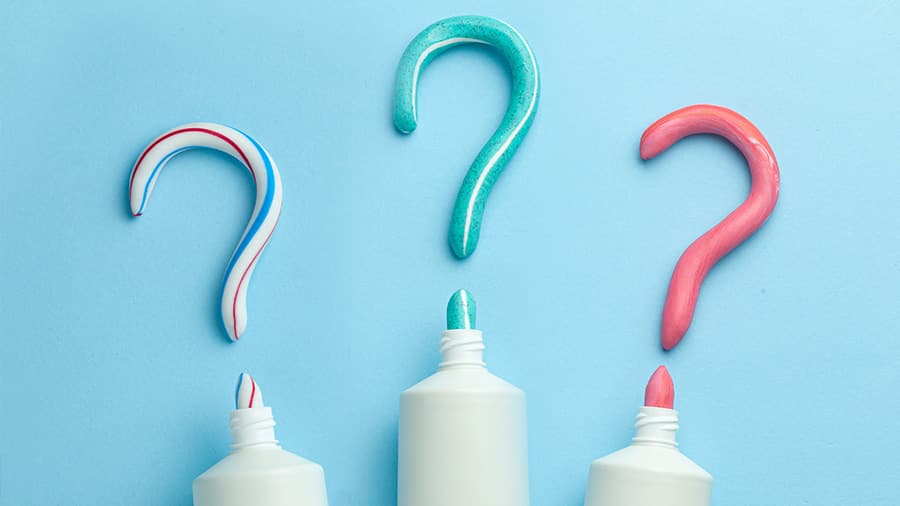What Teeth Whitening Light Treatments Are Available?
At your convenience at home, you can apply any of the numerous over-the-counter treatments to whiten your teeth. Or your dentist can perform a cosmetic teeth whitening procedure in the office with at-home follow-ups if necessary. It all depends on your budget and time.
The types of treatments include everything from whitening toothpaste to products incorporating teeth whitening lights. There are primarily three types of lights used in teeth whitening:
- UV (ultraviolet) light is a form of magnetic radiation that heats up in the tooth whitening process. A type of UV light used in teeth whitening is a laser. Teeth whitening employing UV light is usually performed in a dental office because of the burn risk of using UV at home.
- Halogen light also emits heat produced by the metal tungsten in the heart of the light. As with UV light, halogen light is best used in dental offices.
- LED (light-emitting diode) produces blue light to increase the teeth whitening process without any radiating heat to the teeth. Most over-the-counter tooth whitening kits with lights contain LED products – although dentists might use LED blue light, as well.
Does Light Teeth Whitening Work?
First up – how it works: The lights must be used in conjunction with a teeth-whitening substance, such as hydrogen peroxide or other whitening agents. After you or your dentist applies the whitening agent to your teeth, targeting the light on your teeth activates the whitener.
Is using light-activation worth it, though? Researchers found that laser, halogen, and LED light-activation produced increased lightening of tooth shade and maintained the lighter shade longer than non-light-activated teeth whitening in a study published in the Journal of Conservative Dentistry. Laser and halogen lights were most effective.
Try our top-notch whitening toothpaste options for safe and effective teeth whitening!
Is Teeth Whitening with Lights Safe?
This comes down to you or your dentist using the lights safely.
If not used correctly, UV light is considered a risk. It might cause soft tissue burning, gum irritation, damage to teeth, and increased tooth sensitivity. That's why your dental professionals will take every precaution to protect your teeth and gums when using UV light during a teeth whitening procedure.
For home use, be sure to follow the manufacturer's instructions exactly as written. This entails the length of time to use the whitening agent and the LED light.
If you have questions about teeth whitening lights, have a conversation with your dental professionals about the treatments available. They'll help you decide what's right for you regarding whitening agents and light-activation methods, whether UV laser, halogen, or LED.
By shining a light on the various teeth whitening activation methods, we want to help you become a more informed dental consumer when you talk to your dental professional.
This article is intended to promote understanding of and knowledge about general oral health topics. It is not intended to be a substitute for professional advice, diagnosis or treatment. Always seek the advice of your dentist or other qualified healthcare provider with any questions you may have regarding a medical condition or treatment.
ORAL HEALTH QUIZ
What's behind your smile?
Take our Oral Health assessment to get the most from your oral care routine
ORAL HEALTH QUIZ
What's behind your smile?
Take our Oral Health assessment to get the most from your oral care routine













